Rules for buying a hot tub – pro tips on selecting the best
Get your hot tub choice right. Our expert guide has the details you need
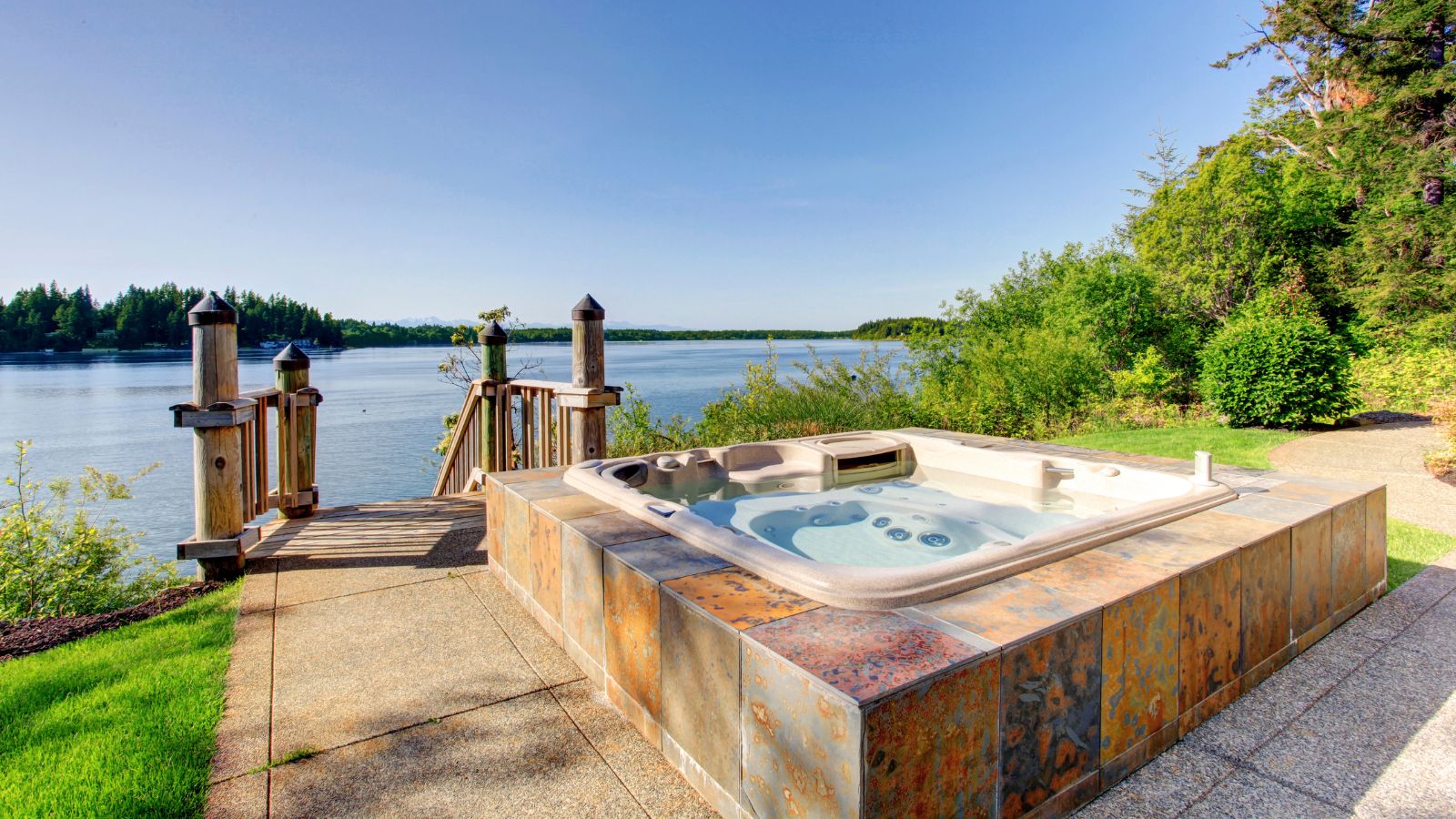

There's nothing like a hot tub for unwinding on summer evenings. Aches and stress all melt away after a few minutes of sitting in a tub, and they can bring a little luxury to even the simplest yard.
However, hot tubs are a significant investment. Even basic models can cost $1000, so it pays off know some handy rules before you buy.
Even the best hot tubs have drawbacks, so I spoke to a hot tub expert to uncover the tricks to help you find a hot tub that you’ll love now and for years to come.
5 must-know hot tub rules
The idea of relaxing in the warm water of a backyard hot tub is hard to resist. But investing in a hot tub might be prompted by more than simply a desire to wind down at the end of the day. Whether it’s for one or two people to use or larger groups, there simply for fun or for therapeutic benefits, and in-ground or above it all influence your choice.
These hot tub buying rules will ensure you think your purchase through and decide on the very best model for your yard or hot tub deck.
1. Pick the right type
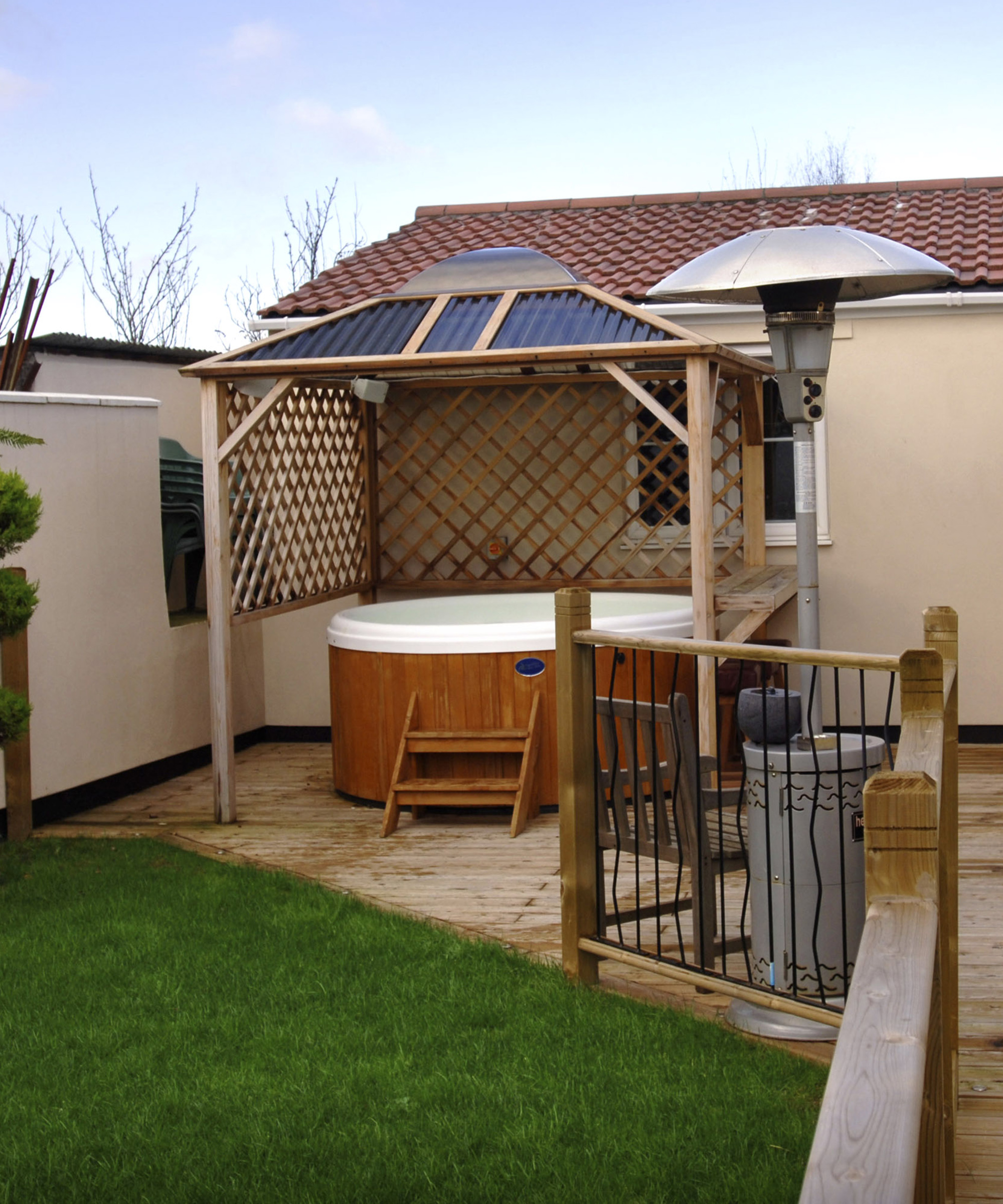
Where you plan to site your hot tub in your backyard will influence the type of model you go for
A hot tub – even a modestly sized design – is a big addition to your backyard. For this reason it’s a good idea to think first about whether you want to place it above ground, on a deck, for example, or prefer an in-ground design.
The latter has both pros and cons. ‘In-ground hot tubs can seamlessly integrate into your backyard or pool landscaping, often providing a more visually appealing appearance,’ explains Hubert Miles, certified pool and spa inspector through NACHI.
Design expertise in your inbox – from inspiring decorating ideas and beautiful celebrity homes to practical gardening advice and shopping round-ups.
In-ground hot tubs can also prove more accessible. ‘They are typically easier to enter and exit due to their lower profile,’ Hubert explains.
But bear in mind the possible downsides. ‘In-ground hot tubs generally have higher installation costs due to excavation and site preparation requirements,’ he continues. ‘They may be more challenging to access for maintenance and repair, as some components may be buried or hidden.’
Going for an above ground design? Choose between entry level plastic, or more high-end acrylic designs, which are practical and can be feature packed, or a wooden hot tub, which has a natural look that will blend in with the yard. Inflatable hot tubs are a further option.

This behemoth hot tub has Bluetooth speakers and a subwoofer for music in the evenings. It boasts both interior and exterior lighting, with 96 jets and space for six people.
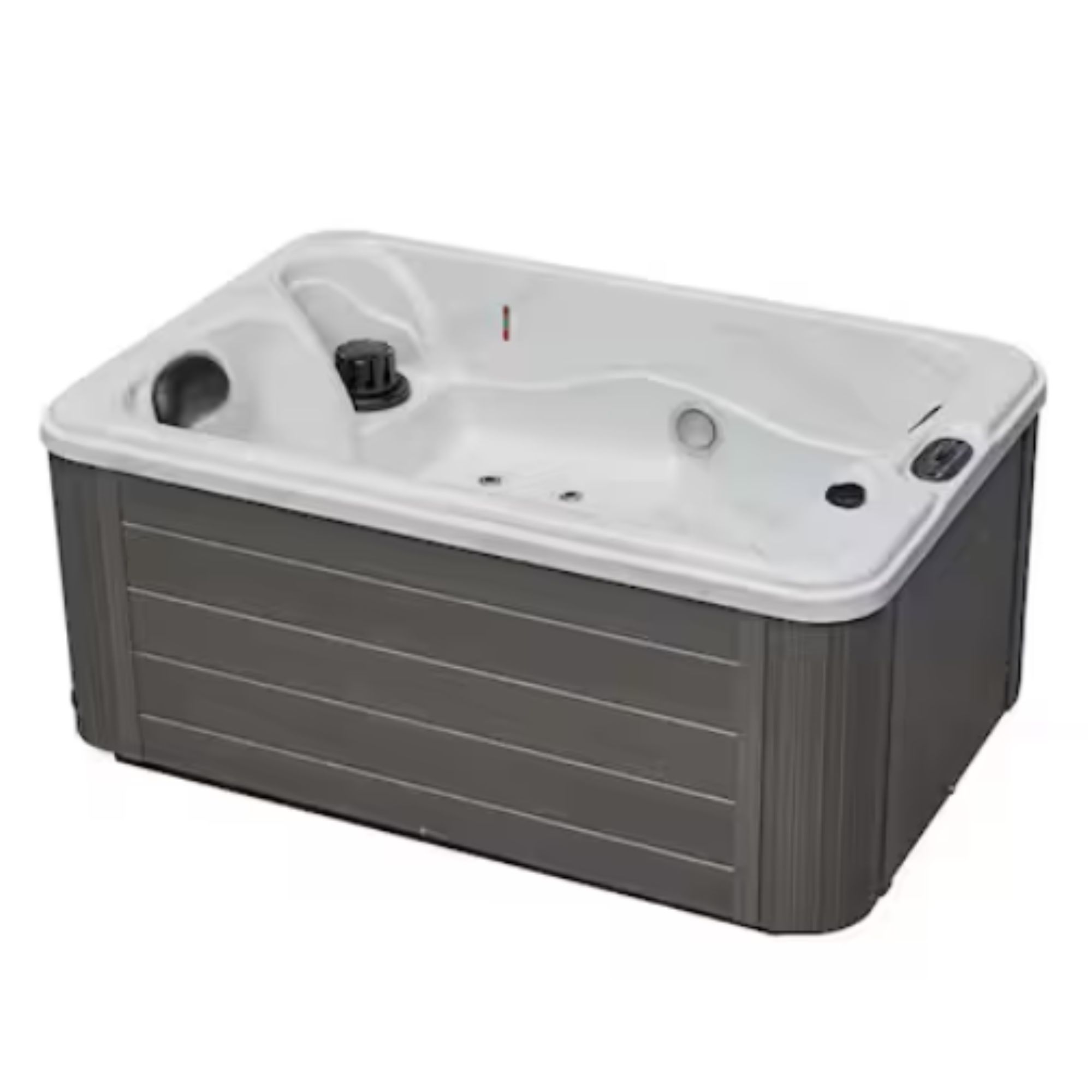
This two-person hot tub has 15 jets, comfortable neck pillows, and color changing LEDs. It also includes a UV rated spa cover and steps.

This enormous hot tub has 65 jets and a seven person capacity. With built-in LEDs and a dedicated turbo-blaster back massager, it mixes hydrotherapy and luxury.
2. Get the right size

Size counts when it comes to making the right buying decision – and that’s for more reasons than you might suppose.
The first is the available space. ‘Measure the area where you plan to install the hot tub and be sure there is enough space not only for the tub itself but also for access, maintenance, and any additional features you may want to add (such as a gazebo or deck),’ says Hubert Miles.
‘You'll need a solid surface for the hot tub to sit on, with approximately a minimum of a 5 feet area to enter and exit the hot tub safely.’
How many people it’s for is, of course, crucial. ‘Consider how many people will typically use the hot tub at once,’ says Hubert. ‘Hot tubs come in various sizes, accommodating anywhere from two to 10 or more people.’
What the hot tub is used for should also be factored into size decisions. ‘A larger model with more seating options may be ideal if you use the hot tub primarily for relaxation or socializing,’ explains Hubert. ‘If you want a hot tub mainly for hydrotherapy, opt for a smaller size to maximize jet effectiveness.’
3. Consider hydrotherapy features
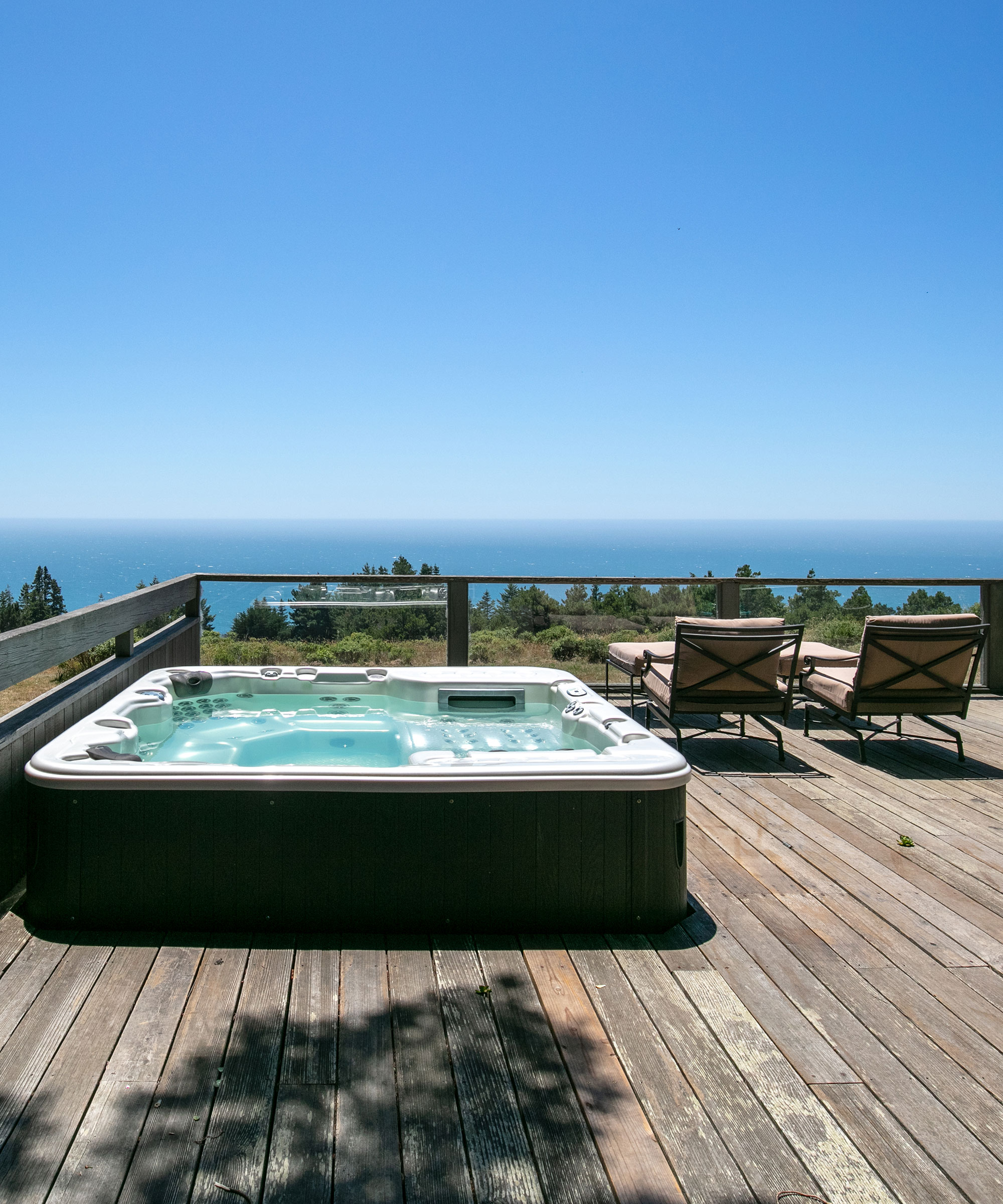
There are many hot tub benefits, including for your health, and if hydrotherapy is on your mind, there are features you should focus on when you’re buying.
‘Look for adjustable jets targeting specific body areas, such as the neck, shoulders, back, and legs,’ says Hubert Miles. ‘Different jet types provide varying massage experiences, so choosing a hot tub with a diverse range of jets is essential.
Look at the seating, too. ‘Ergonomic seating with built-in therapy zones can enhance the therapeutic benefits,’ he continues. ‘Some hot tubs offer lounge seats or therapy seats that contour to your body for maximum comfort and effectiveness.’
Achieving the optimum hot tub temperature is key to maximizing your enjoyment of your outdoor spa, so pay attention to water temperature and filtration. ‘A hot tub with a high-quality filtration system and efficient heater will ensure consistent water temperature and cleanliness, which are important factors for hydrotherapy,’ says Hubert.
However, you should also bear in mind that hot tubs take a long time to heat up. Homes expert Lucy Searle bought a Lay-Z Spa hot tub during the pandemic, and she told me that she was surprised at how long they take to reach the right temperature.'Depending on how often you use your hot tub, you may not always have it heated, which means you need to plan ahead to get it to the temperature you find comfortable in advance. With our hot tub, we found that this could take a full day - if we turned the heater on in the morning, it would be just warm enough by evening.'

Lucy has written about interiors, property, and gardens since 1990, working her way around the interiors departments of women's magazines before switching to interiors-only titles in the mid-nineties. Lucy is a serial renovator and also owns rental properties.
4. Boost luxury
Hot tubs can have features that could maximize enjoyment. As well as hydrotherapy jets, you might like a model with internal or external lighting or a combination of the two. You might also want to opt for an audio system, or even a TV to entertain the users, along with sanitizers, water fountains, and more.
Naturally, these features come at a cost, but it’s worth thinking about what you might enjoy that also suits your budget. Aim to pack in as many bonus features as you can for the money. You'd be surprised what you can find out there - there are some models that boast fancy features at half the price of less complicated models.
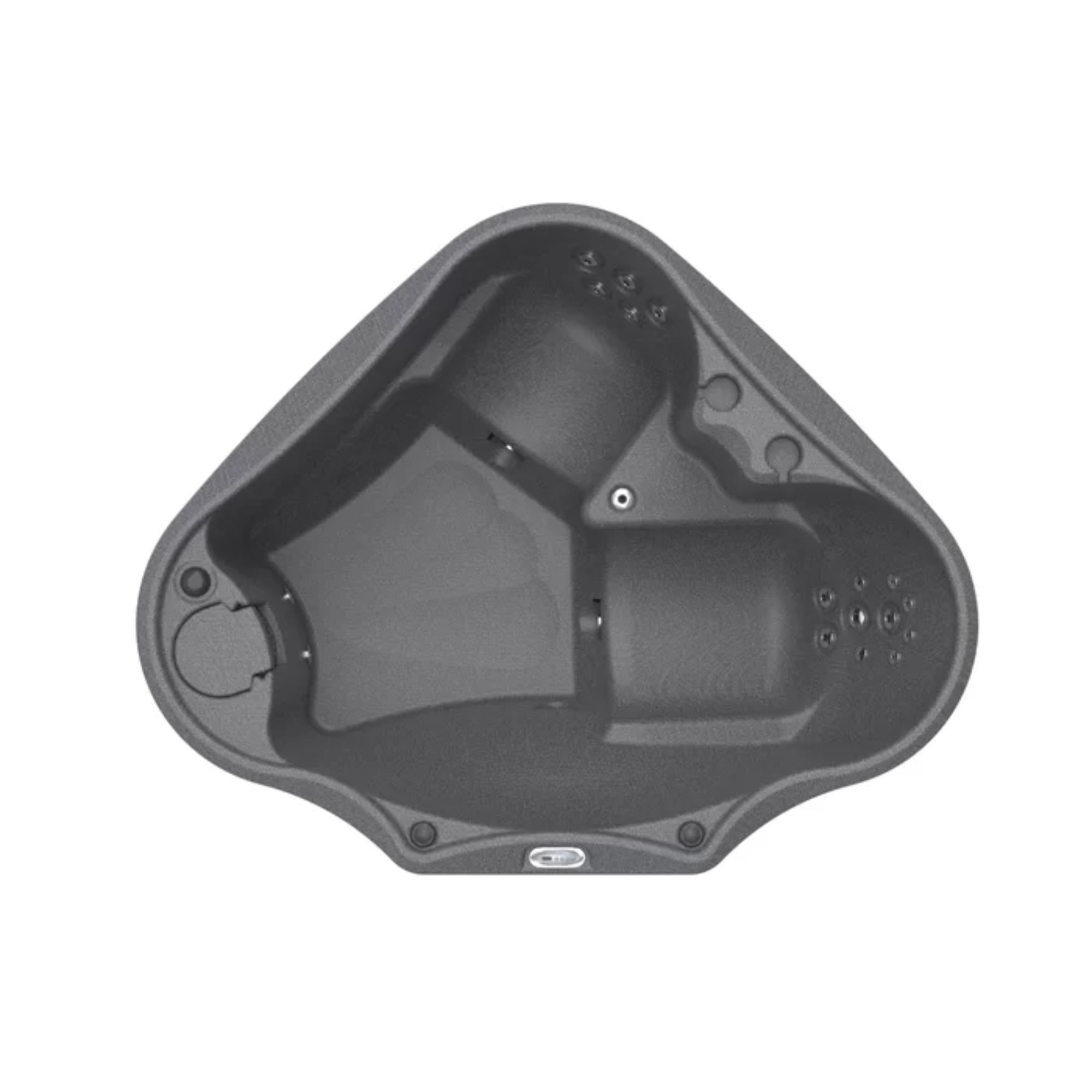
The triangular shape of this hot tub means it can be nestled into a corner of your space rather than dominating it.

This hot tub fits six, but it really shines for one. That's thanks to a long lounge seat with lots of hydrotherapy jets to massage sore muscles.

If money is tight, I recommend an inflatable hot tub like this. It doesn't have all the fancy features of more permanent hot tubs, but it does all you need.
5. Think one-off and ongoing costs
A hot tub buying rule you shouldn’t ignore is to consider both the initial purchase price and the ongoing costs of a hot tub.
‘A more expensive hot tub may have better insulation, more efficient pumps, and advanced heating systems, leading to lower running costs in the long run,’ explains Hubert Miles. ‘Higher priced hot tubs may be made from more durable materials, resulting in a longer lifespan and potentially lower maintenance costs.’
Think warranty, as well. ‘A comprehensive warranty can offset future repair costs, so comparing warranty coverage is essential when evaluating hot tubs,’ he says.
‘You should also consider how often you intend to use your hot tub,’ Hubert recommends. ‘For example, a cheaper option may be better if you use it once or twice a month. However, opt for a more expensive model with higher efficiency and a longer warranty for more frequent use.’
Whether you opt for a luxury buy or a more budget-friendly option, cleaning your hot tub regularly is essential to ensure it remains in good working order for as long as possible.
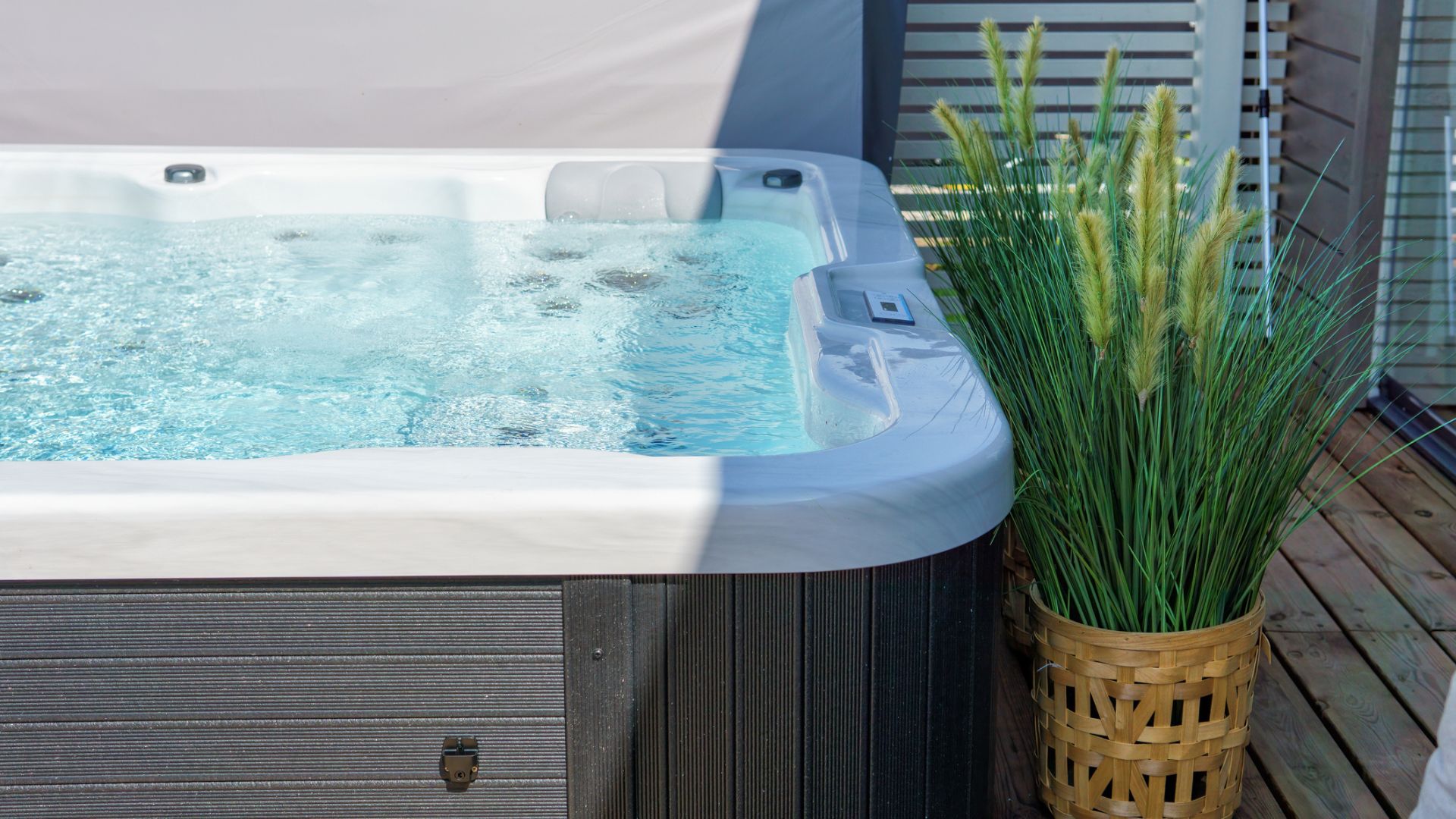
Regularly maintaining your hot tub will ensure its longevity
FAQs
How far should a hot tub be from the house?
A hot tub should be at least 5 feet from your house to ensure getting in and out of it is comfortable. It doesn’t need to be this near to the house, if there’s a preferable location, but there should always be a minimum of around 5 feet of space for entry and exit wherever it is sited.
Bear in mind, too, that a hot tub should also be located somewhere accessible for maintenance tasks and for cleaning.
Do you have to check a hot tub every day?
It is advisable to check the water of a hot tub daily to ensure the water chemistry is balanced. It’s not good for the hot tub or its users if it’s not. Be mindful that this is a job you should continue to do even if the hot tub isn’t being used.
Test strips like these at Walmart make the job easy, so it’s not an onerous task, and you can follow the manufacturer’s advice to decide if you need to add chemicals to correct levels.
Final thoughts
A final rule is to double-check with your HOA if you're in one. Some HOAs don't allow for hot tubs or have specific locations where you can and can't put hot tubs. Where possible, you should also consider your neighbors when working out where to place your hot tub in your backyard landscaping – they may not want to hear the noise of the pumps, and there could be light pollution from LEDs lighting up the water.

Sarah is a freelance journalist and editor. Previously executive editor of Ideal Home, she’s specialized in interiors, property and gardens for over 20 years, and covers interior design, house design, gardens, and cleaning and organizing a home for Homes & Gardens. She’s written for websites, including Houzz, Channel 4’s flagship website, 4Homes, and Future’s T3; national newspapers, including The Guardian; and magazines including Future’s Country Homes & Interiors, Homebuilding & Renovating, Period Living, and Style at Home, as well as House Beautiful, Good Homes, Grand Designs, Homes & Antiques, LandLove and The English Home among others. It’s no big surprise that she likes to put what she writes about into practice, and is a serial house renovator.